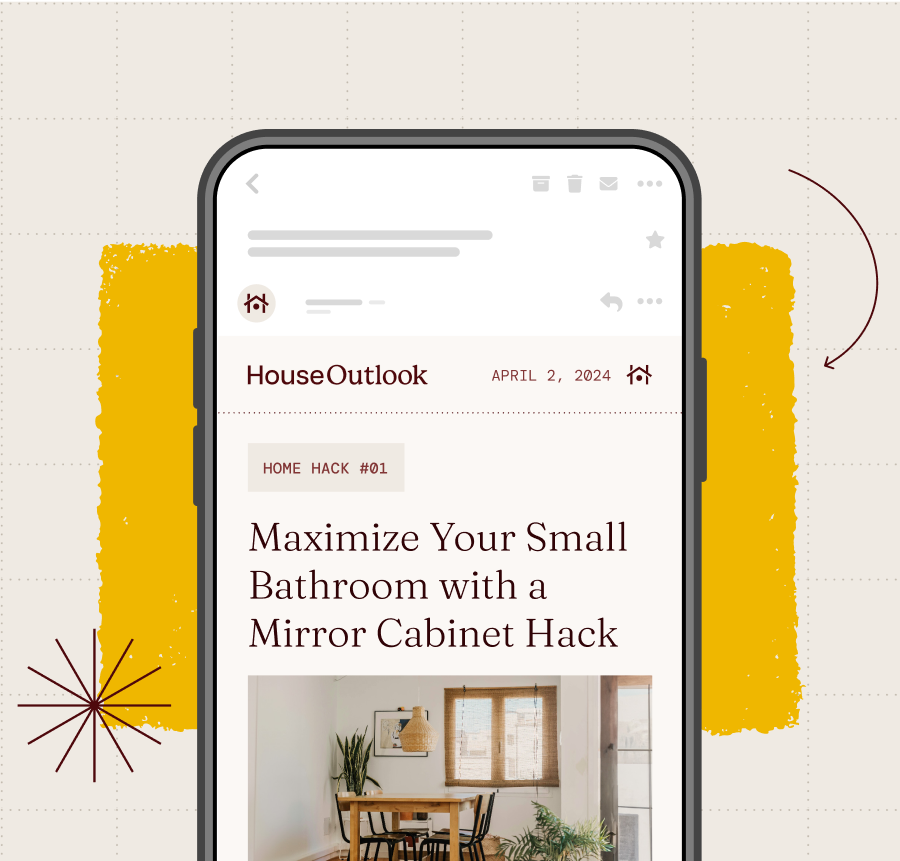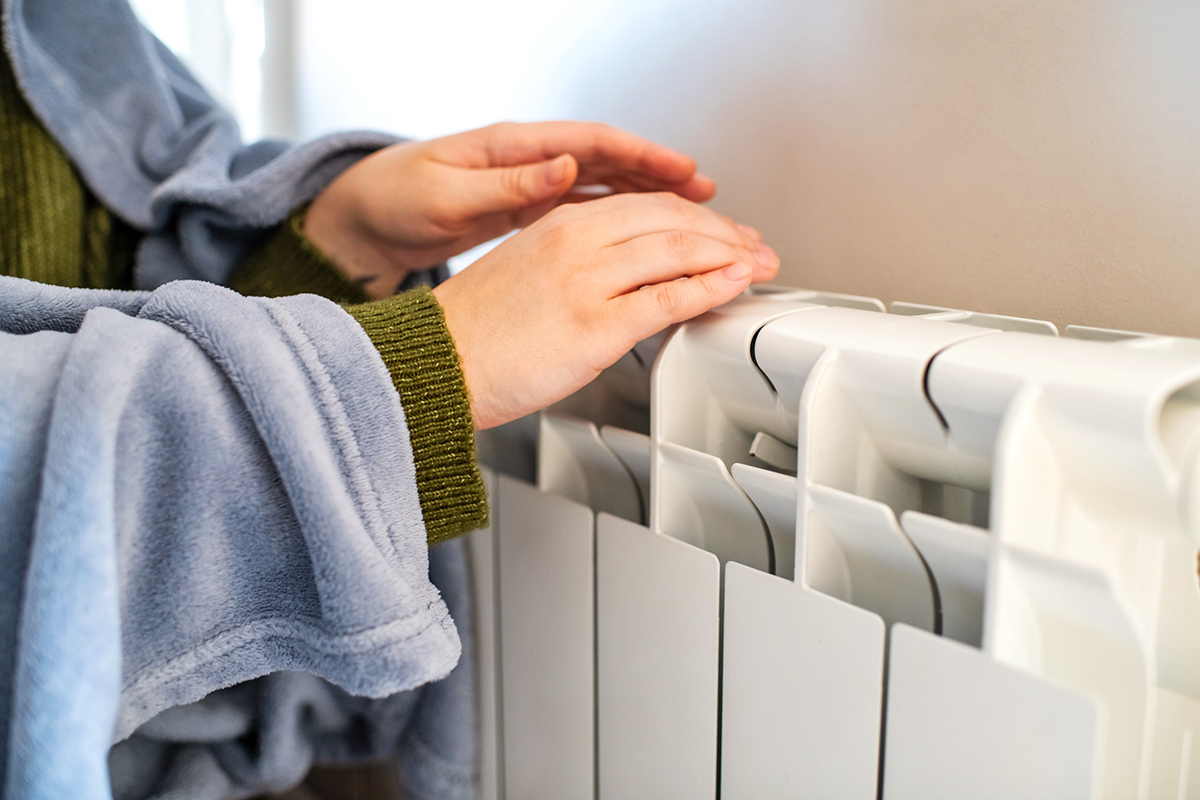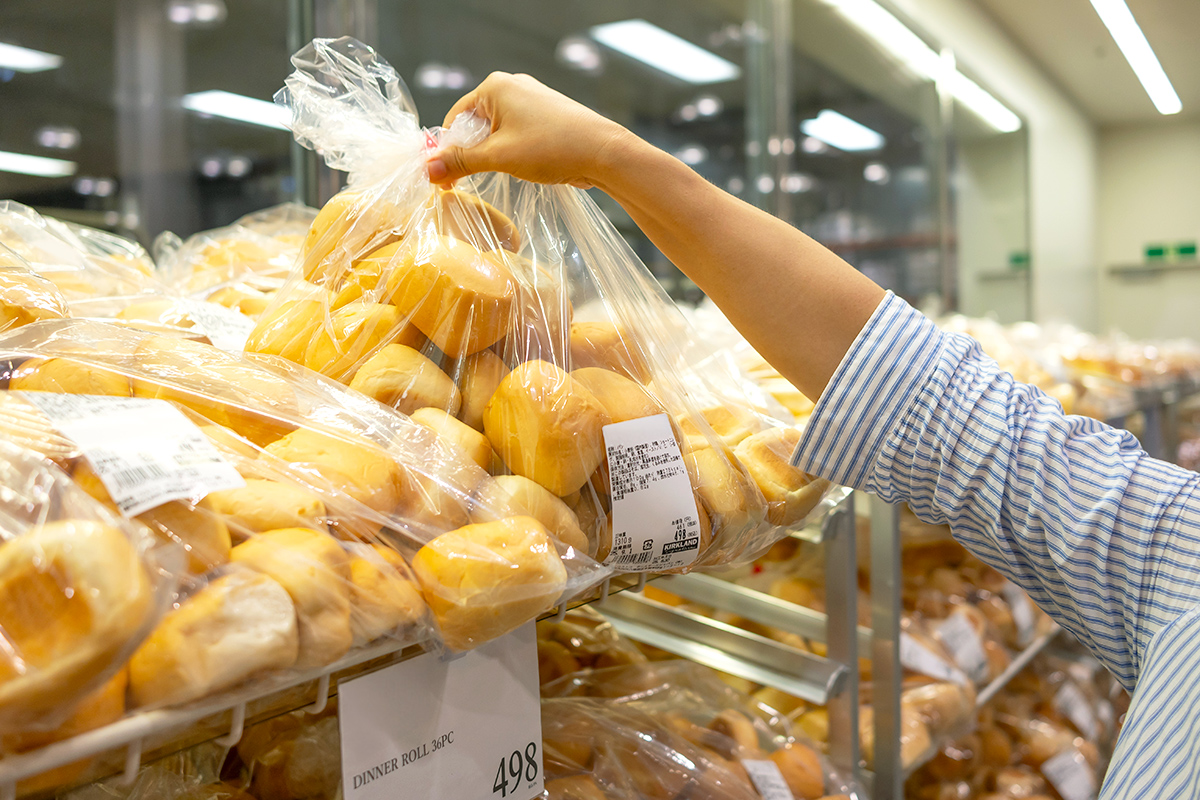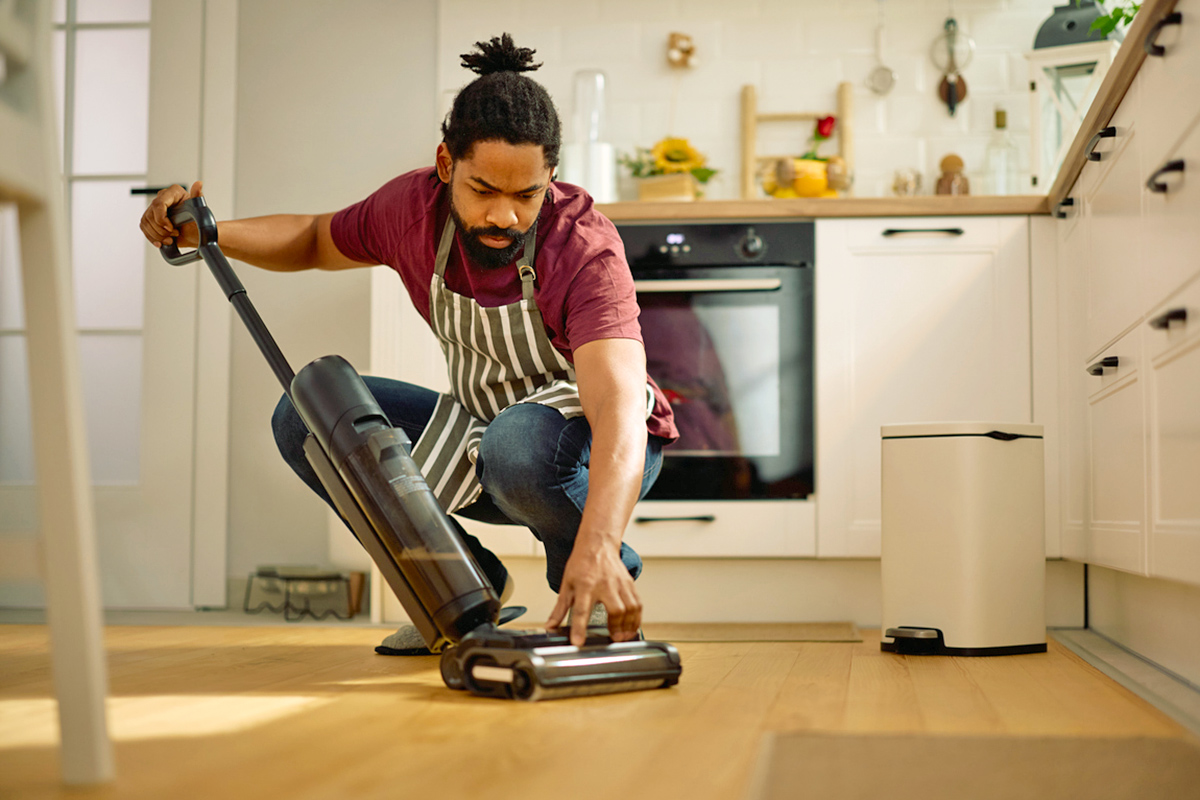If you dream of an ultra-organized home, join the club. Those enviable spaces on your Instagram feed are often styled with sleek bins and woven baskets that give even the tiniest items a place to live. The only problem? Those organizers can be pricey. If you value function over fanciness, spare yourself the sticker shock.…
While your home doesn’t need to be Pinterest-perfect, it does need to be practical. That’s where repurposing comes in. By giving common household items a second life, you can turn what might otherwise be trash into useful treasures. Read on for tips from professional organizer Hannah Goetz that are not only affordable, but free.
1. Step 1: Declutter
Before you begin organizing, first take stock of what you already own. Often, the issue isn’t a lack of storage — the problem is owning too much stuff. Once you’ve streamlined your belongings, organizing becomes much easier. Decluttering also helps determine the types, quantity, and sizes of organizers you’ll need.

2. Put Cereal Boxes To Work
Once the last Cheerio has been consumed, instead of simply tossing the box in your recycling bin, consider how you could upcycle it. “You can do a lot of repurposing with cereal boxes,” Goetz says. “One example is to cut off the tops, lie them on their sides, cover with a fun paper (like peel and stick wallpaper), and use them as paper filing trays or a mail sorter.”

More from our network
House Outlook is part of Inbox Studio, which publishes content that uplifts, informs, and inspires.
3. Save Glass Food Jars
If your fridge is full of baby food jars, consider it a win. Those little glass jars are incredibly versatile. “Baby food jars can be repurposed into spice jars, tea light candle holders, succulent party favors, or small office accessory organizers,” Goetz says.
Larger food containers, such as pickle jars, are just as useful. Soak them in hot, soapy water to remove the labels, then run them through the dishwasher. Once clean, use them to store cotton swabs, makeup brushes, or other small bathroom essentials.

4. Reuse Empty Candle Jars
Once the wax is melted, that pretty candle jar still has plenty of life left. Goetz loves using old candle jars as vases or planters. (They’re especially great for propagating plant clippings, since they don’t have a drainage hole.) The uses don’t end there, though. “They could also be turned into other organizers to hold makeup, toothbrushes, pens or pencils, kitchen utensils, or TV remotes,” Goetz says. Most candle jars are not food-safe, so it’s best to use them for nonconsumable goods.



5. Get Creative With Toilet Paper Rolls
There are endless ways to reuse toilet paper or paper towel rolls, Goetz says. Cut them into smaller segments, then use them to manage cables or small desk supplies. You can also group several in a box to create custom drawer compartments.

6. Keep Shoe Boxes
Even after you’ve committed to keeping a pair of shoes, hang on to the box. Shoe boxes are an ideal size for organizing closet shelves or dresser drawers. Use them to store socks, swimsuits, or other accessories. If you want to make them prettier, cover them in brown craft paper or fabric scraps, then add a label.

Labeling even the simplest container makes it feel more elegant. (Not to mention, it helps you identify what’s inside.) No label maker? No problem. Masking tape and a marker work just as well.
Whichever household items you use to organize, make sure they serve a clear purpose. They should help you create a designated spot for things, not create more clutter. “Be intentional about what you choose to repurpose,” Goetz says. “If it just leads to more piles or ends up unused, it’s probably not worth keeping.”

















